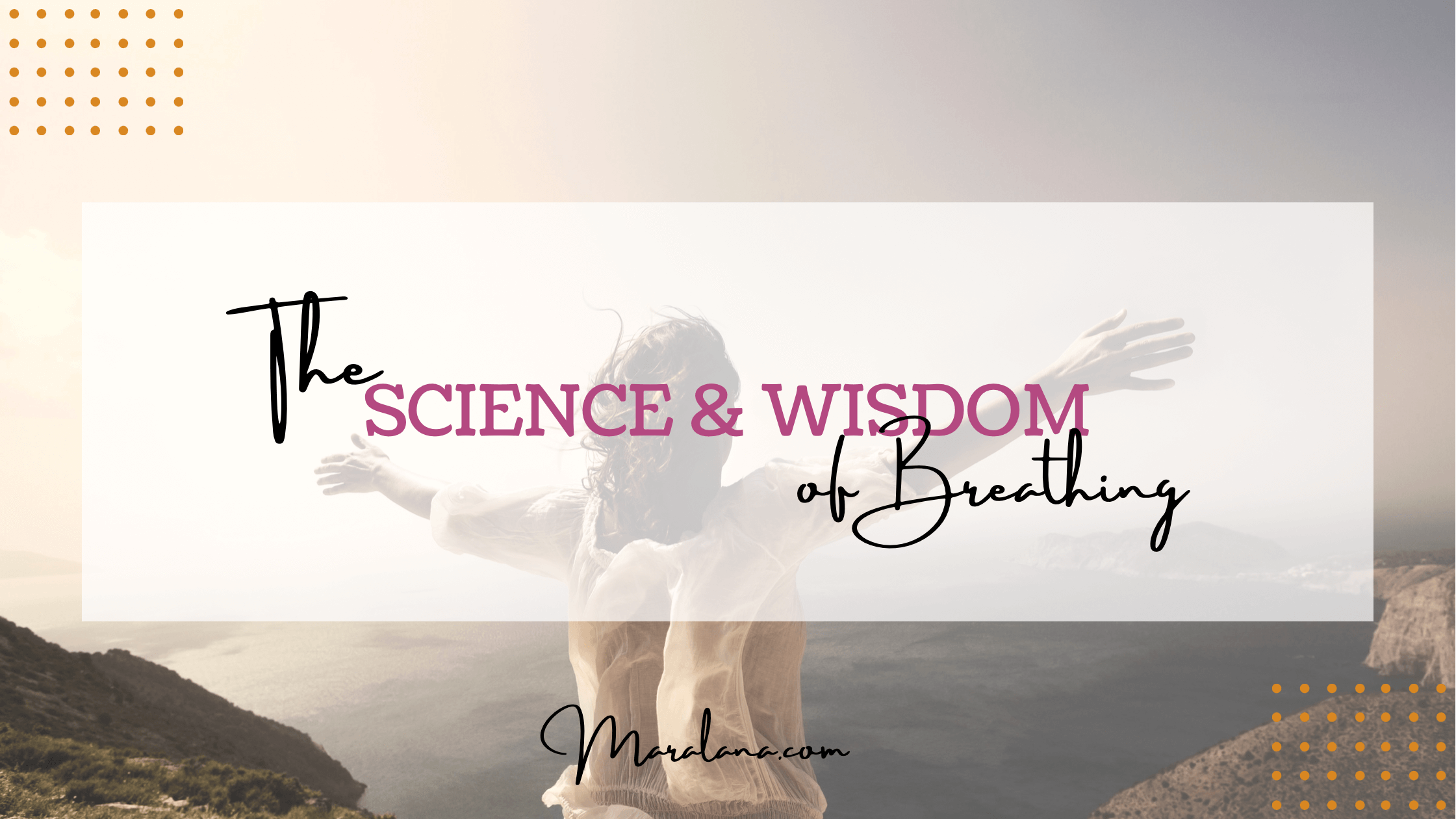As with any precision sport, there is a science to breathing properly. Unfortunately, this knowledge is seldom taught in schools or discussed in everyday life.
In most cases, air should be taken in by the nose, which is the optimal organ for breathing. In fact, mouth breathing is generally inefficient (except when the nose is blocked… ugh, cold season). Although it gets the job done, the mouth does not have the ability to warm, filter or control the flow of air; whereas the nose does.

When air reaches the lobes of the lungs, it exchanges oxygen for carbon dioxide. Although lung capacity can vary from person to person based on the presence of conditions like asthma or smoking, it can also be altered and enhanced by strengthening the muscles of breathing.
The largest muscle used in breathing is one you’ve probably heard of before: the diaphragm. The diaphragm is a horizontal, sheet-like muscle that separates the chest and lungs from the abdominal cavity below. When inhaling, the diaphragm suctions downward into the abdomen to draw, or vacuum, air into the chest. On exhalations, the diaphragm muscle ascends upward by contracting to expel air from the lungs.
The second group of muscles are the intercostals which run in cross patterns between each rib and the one above or below it. Designed in pairs, the external intercostal muscles pull the ribs up and out on inhalations, and the interior intercostal muscles pull the rib down and in, to expel breath on exhalations.
The throat and neck muscles also pitch in to fine tune some functions of the breath. The laryngeal muscle group helps to control the airflow and keep eating and breathing separate. These muscles are also responsible for the whispers and sounds associated with breathing.
The magic of breathing is that we can do it with full awareness but it will also happen all on its own. The reason that humans continue to breathe during sleep is because breathing is a function of the autonomic nervous system, which, like it sounds, happens on its own without need for the conscious mind to be involved.
However, the nervous system really doesn’t need to do much to control functions of breathing when asleep. The human body is so skillfully designed that the entire process is based on a vacuum and plenum system.
Air pressure in the lungs is low right after an exhalation that to create balance, the lungs expand to draw air in, similarly to a bag on a vacuum cleaner. Then, in an effort to normalize the built-up pressure, the lungs create a plenum action; whereby, the alveoli in the lungs spring back into elastic recoil, equalizing, then lowering pressure once again.

The back and forth activity of drawing in and pressing out is breathing. The technical terms for inhale and exhale are actually to inspire; or be moved by, and to expire; as in, taking your last breath.
Ancient Wisdom of Breathing

The breath was regarded in ancient times as the source of power for an individual. He or she who had more control over their breathing also held the keys to mastery of the body, mind and a wealth of spiritual gifts. The major source of teachings on breathing practices and wisdom comes from yoga, and is known as pranayama.
Yoga is a practice of connecting your awareness back inward toward the self. Often, throughout the day, we are connected to external stimuli or circumstances. Even becoming involved with inner dialogue can be a distracting experience that disconnects us from full in-the-moment presence.
With practice, a yogi or yogini can learn to master his or her thought patterns, emotional activities and physical functions, which clears the pathway to self-discovery. This reveals and reconnects us to the blissful and compassionate nature of human experience, which remains to many, a hidden secret.

However, many more are experiencing the benefits of yoga these days. Americans showed a 50% increase in the number of people practicing yoga between 2012 and 2016 (The Good Body, 2016).
The main reasons people are joining yoga in droves: stress relief and flexibility. That flexible pretzel-shaped person you may have drawn to mind when you read about yoga is actually not a requirement to join the movement at all. You can start yoga from any fitness level and with a skilled teacher, be offered the adaptations needed to make it a supportive and enjoyable journey.
No pretzel shapes necessary: yoga incorporates virtues including compassion, truth and non-judgement toward self and others. However, with focus and over time, you may find yourself balancing on both forearms in Feather of the Peacock pose and perhaps falling down from sheer surprise! You did it, you can do it, you’re doing it!
To try a yoga class near you, and pick up some better-breathing tools, check out a directory, like this one from Yoga Alliance or do a Google search for yoga in your area. As the ancient practice from the East continues to spread like wildfire through the West, people are using it for treating medical issues, such as asthma, improving academic focus and discipline, and even repairing the damaging effects of PTSD.

